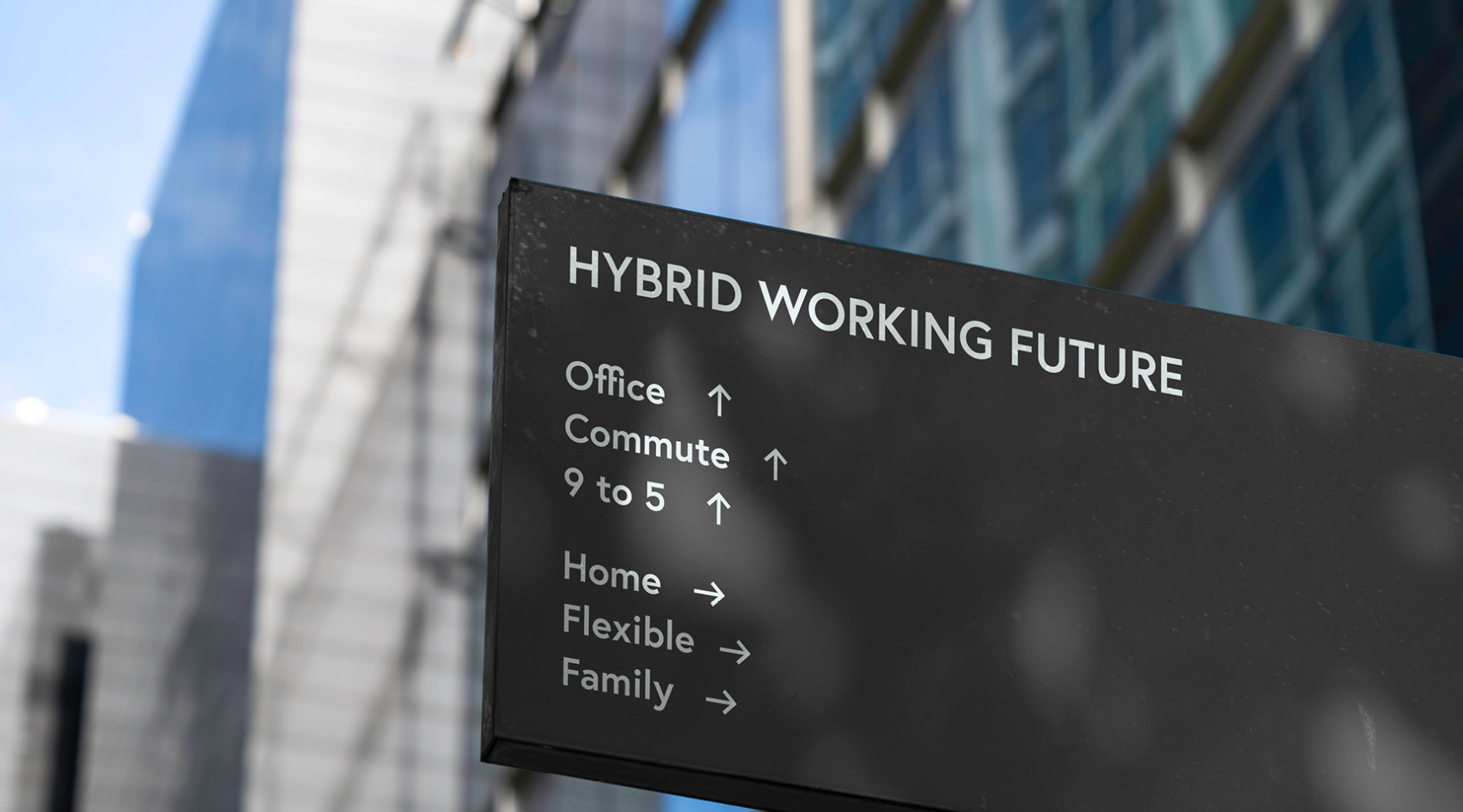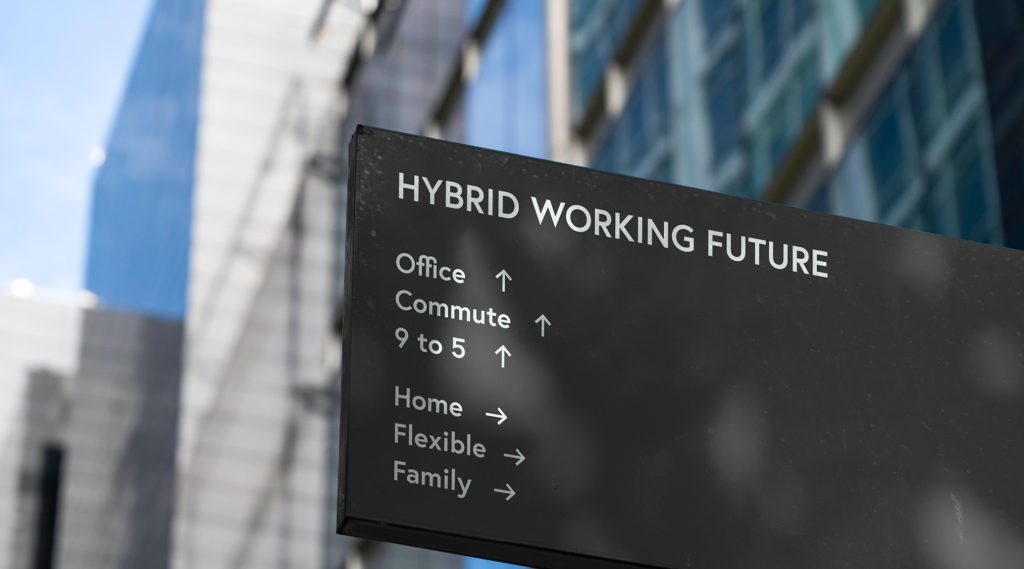AI in Recruitment: Striking the Right Balance Between Technology and the Human Approach
Technology now has an undisputed role in recruitment and onboarding. Much has been written about the use of artificial intelligence (AI) and machine learning in the search for talent, and the two terms are often used interchangeably. But any discussion of recruitment technology needs to make it clear at the outset that they are not, in fact, synonymous.
AI and machine learning: distinct but complementary technology
Artificial intelligence is a broad concept, a term used to describe the means by which intelligent machines are able to simulate the way humans think, behave and solve problems. Machine learning is a subset or application of AI, along with deep learning, neural networks, computer vision and natural language processing.
Machine learning is a pathway to AI. It’s how a computer system develops its intelligence, using mathematical models of data to learn without direct instruction or programming. The system can continue learning and improving based on experience, without human intervention. Neural networks, a series of algorithms modelled on the human brain, help a computer system to develop AI through deep learning. Artificial intelligence and machine learning therefore work together. They’re very closely connected, but they are not one and the same.
AI and data analytics
Artificial intelligence is used to boost the capabilities of data analytics, the science of analysing data sets to identify trends, answer questions and reach conclusions. There are three main types of data analytics:
- Descriptive analytics evaluates and interprets data based on what is currently happening.
- Predictive analytics uses the evaluated data to forecast what will happen in the future.
- Prescriptive analytics makes recommendations based on current and forecast trends.
The use of artificial intelligence and analytics in hiring is still in the descriptive phase, although predictive analysis is also beginning to make its presence felt by, for example, forecasting future hiring requirements. It’s time to take a detailed look at how it all works.
How technology has enhanced the recruitment process
Machine learning and data analytics
The recruitment process has been significantly simplified since the introduction of machine learning. Candidates can be sourced, attracted, assessed and screened by accessing data from a wide range of sources such as CVs, social media, blogs, and past employers.
Removal of time and cost constraints
Technology can collect and analyse in minutes a vast amount of data that would take a human recruiter many hours to process. Specific algorithms are used to identify and shortlist the best and most suitable candidates, and the time required to fill a vacancy is significantly reduced, especially when there is a particularly large pool of applicants. Machine learning thus disposes of any restrictions that may exist in terms of cost and the allocation of human recruiters’ time.
To learn more, download the whitepaper AI in Recruitment: Striking the Right Balance between Technology and the Human Approach.












